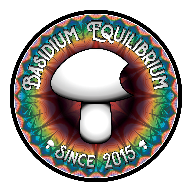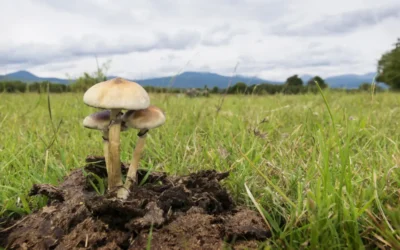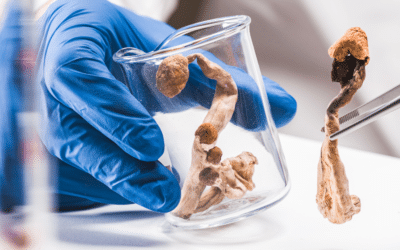Oyster Mushrooms: Nature’s Solution for Pollution
Oyster mushrooms (Pleurotus ostreatus) are not just a culinary delight; they are also an environmental powerhouse. These saprotrophic fungi are highly effective in bioremediation, capable of breaking down a wide range of pollutants into simpler and less harmful compounds. Through their enzymatic abilities and mycelial growth, oyster mushrooms offer a sustainable solution to combat environmental pollution.
The Science Behind Bioremediation with Oyster Mushrooms
Oyster mushrooms produce powerful enzymes like laccases, peroxidases, and cellulases, which enable them to degrade pollutants in the soil. These enzymes break down complex organic compounds, such as petroleum hydrocarbons and pesticides, into less toxic forms. This ability makes them a valuable resource for cleaning contaminated environments.
Learn more about how fungi play a role in bioremediation.
Cleaning Up Oil Spills with Oyster Mushrooms
One of the most remarkable applications of oyster mushrooms is their role in cleaning up oil spills. In Ecuador, a study demonstrated that oyster mushrooms degraded up to 90% of petroleum hydrocarbons in just 120 days. Similarly, research in Iran revealed that they could reduce total petroleum hydrocarbons (TPH) by 50–70% within just 35 days.
For further reading, explore studies on fungi and oil spill remediation.
Removing Heavy Metals from Contaminated Soil
Beyond hydrocarbons, oyster mushrooms have proven effective in removing heavy metals from polluted soil.
- In India, studies showed that these mushrooms removed up to 70% of heavy metals within 60 days.
- In the Philippines, oyster mushrooms were used to remove lead and copper, achieving removal rates of 74% and 79%, respectively.
These findings highlight their potential for use in regions affected by industrial pollution. Visit Basidium Equilibrium to explore more about fungi’s impact on soil health.
Enhancing Soil Health Through Mycelium
Oyster mushrooms not only clean up pollutants but also enhance soil health. Their mycelium binds to soil particles, reducing erosion and improving water retention. Additionally, the presence of mycelium fosters nutrient availability and supports the growth of other beneficial microorganisms. This dual functionality makes oyster mushrooms an eco-friendly tool for restoring degraded soils.
The Future of Fungi in Environmental Protection
As research into fungi continues, the potential applications of oyster mushrooms in environmental remediation are expanding. From breaking down hazardous compounds to revitalizing contaminated lands, these fungi exemplify nature’s ability to heal itself.
Stay updated on innovative uses of fungi in environmental science on Basidium Equilibrium.







